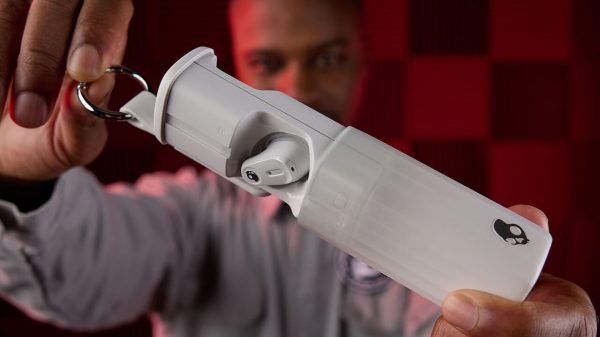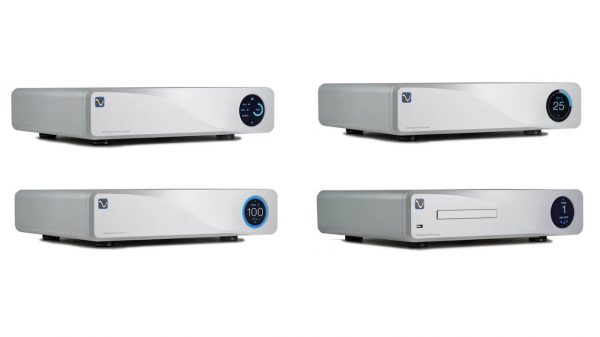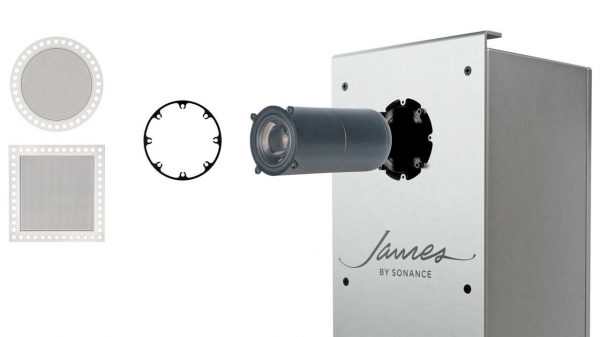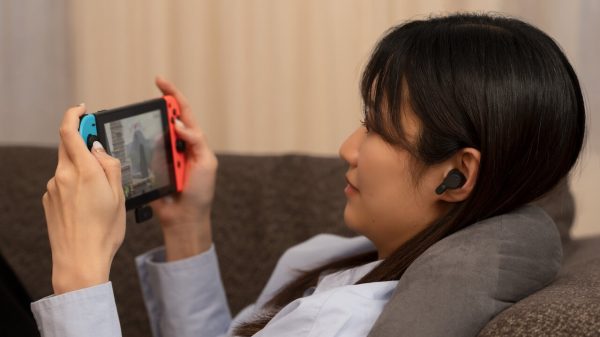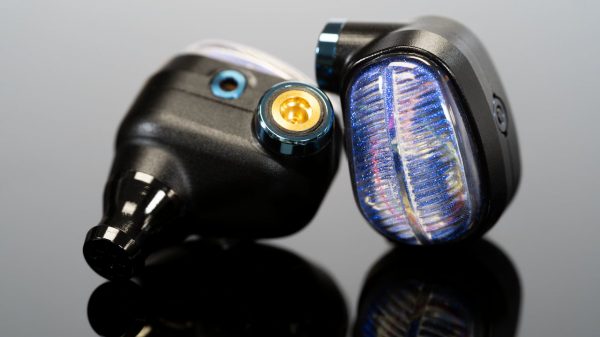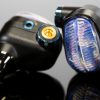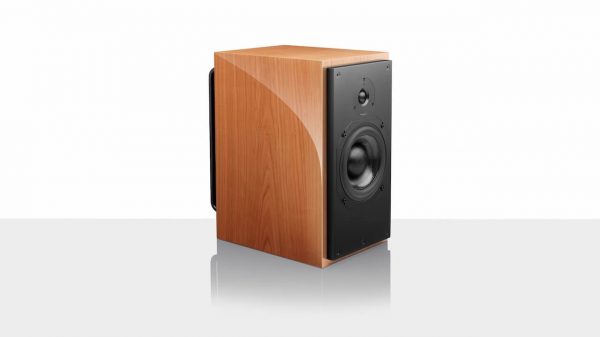3Q-2008 Mobile Handset Shipments Manage to Maintain Forward Momentum Despite Credit Crunch Tsunami, Says ABI Research
“Given the traumatic news ricocheting around the financial markets, one would almost expect mobile handset markets to have nosedived,” says ABI Research Asia-Pacific vice-president Jake Saunders. “However 3Q-2008 still delivered 8.2% year-on-year growth.”
While mobile phones can be viewed in part as fashion accessories, they also impart other value propositions that are highly valued by end-users. Substantial improvements in key functional areas (e.g. memory, battery life, data speed, processor speed) are being noticed by end-users. Still, many are opting to remain on open contracts rather than upgrade their handsets and lock themselves into down payments for new phones and potentially expensive monthly commitments.
The positive news is that handset vendors are reporting input costs for handsets are on a downward curve. Vendors have also refreshed their handset portfolios and have strengthened their mid-tier and low-tier handset line-ups to appeal to end-users on tighter budgets.
4Q-2008 will be a vital quarter for handset vendors and mobile operators. Expect to see aggressive marketing and promotional activities from operators and vendors alike as they strive to lure end-users to upgrade their handsets before the year’s end.
ABI Research has revised its expectations for 4Q-2008 down to 7.5% growth from 10.4%. Year-on-year annual growth is therefore likely to be between 10.5% and 11%, to close out the year at around 1.27 billion.
“There are winners and losers in 3Q-2008”, notes research director Kevin Burden. “Nokia stumbled slightly to see its market-share shrink to 37.7%. Motorola and LG were also net losers (total market-share: 8.1% and 7.4%) respectively. Winners include Samsung (16.6%), Apple (2.2%), and RIM (2.0%). Smartphones are truly capturing the imagination of the buying public which is benefiting vendors with highly desirable smartphones.”
Nokia may well claw back some of its lost market-share as it now has stronger products in the smartphone category. Nokia would have fared worse were it not for its strong line up in the mid-tier and low-tier handset segments, which is where LG and Motorola felt the impact. Despite some barraging in the media, SonyEricsson managed to keep market-share constant at 8.2%.
ABI Research’s Mobile Devices Market Sizing and Share provides quarterly and annual historical vendor market share and ASP trends, and spreadsheets quantifying the latest quarterly wireless handset announcements and handset features analysis. It is a component of the ABI Research’s Mobile Devices Research Service.
ABI Research is a leading market research firm focused on the impact of emerging technologies on global consumer and business markets. Utilizing a unique blend of market intelligence, primary research, and expert assessment from its worldwide team of industry analysts, ABI Research assists hundreds of clients each year with their strategic growth initiatives. For information, visit www.abiresearch.com, or call +1.516.624.2500.

